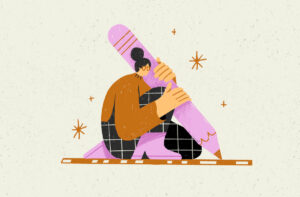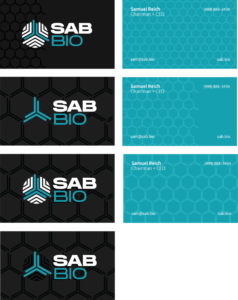I feel truly blessed and grateful for my rewarding and educational internship at TANKIndustries. From day one, I was eager to understand my responsibilities and integrate into the team. Our daily remote meetings and consistent communication through Slack kept me organized and connected.
One of my first major projects involved developing business cards and letterheads for an IP lawyer. This introduced me to the concept of creating a visual landscape, helping me balance creativity with professionalism. Seeing the design process come together was incredibly satisfying. Shortly after, I had the opportunity to work with a pharmaceutical client, attending my first client meeting. Observing the decision-making process and seeing how client feedback shaped the final products was insightful and inspiring.
I also embraced the challenge of creating illustrative vignettes for a PR company, which allowed me to focus on improving my vector skills. Adapting to a style featuring black line drawings with pops of orange was both exciting and demanding. Drawing hands proved to be challenging but offered excellent practice, helping me refine my skills. Additionally, I edited a “how-to” video for a client, using my video editing knowledge to produce a professional and effective final product.
My time at TANK Industries was both challenging and fulfilling. I gained confidence in my design abilities and learned to adapt to different styles and client needs. I developed a structured workflow involving research, initial sketches, iterative design, and finalizing concepts, which streamlined my projects and enhanced my ability to deliver polished results. These experiences have prepared me for a successful career in design, and I am filled with hope and gratitude for the future.

















